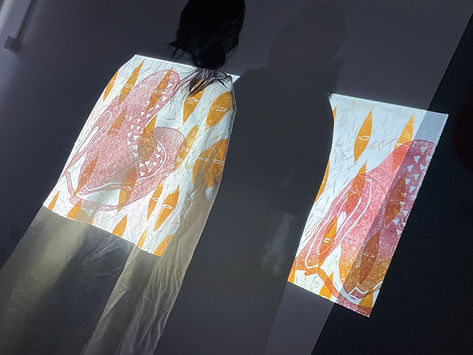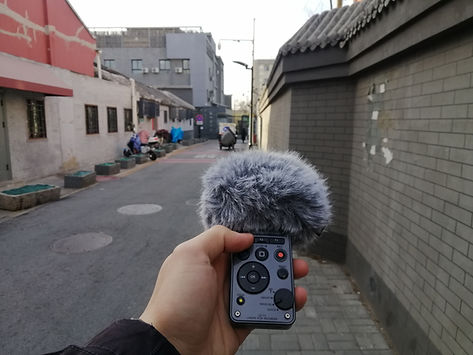Graphic design workshops
As a design teacher, I’ve developed and refined a series of workshops adaptable from a few hours to several days. Designed for small groups of students aged 15 to 21, these sessions explore printmaking techniques, typographic compositions, banner design, software skills, and mixed media approaches incorporating photography, sound, and video.
Printmaking
workshop
5-days, 4–10 students
The Beijing Peeling Wall Collective, a local group of artists interested in urban textures and visual ways of representing the city, has tasked students with fulfiling a design brief over this five-day workshop. They used screen printing, lino printing, and digital printing techniques with Adobe Photoshop, to create a series of posters. They also engaged in bookbinding by collecting print scraps to create a concertina book. This workshop is designed to teach fundamental skills in printmaking and provide insights into how a graphic design project could evolve from scratch.




Screen printing was used to create a B&W abstract background, after extracting shapes from street walls and floors. Lino printing was used as foreground and second layer, to create small illustrations on the prints. Then, each student developed a concept for one or two posters, edited with Photoshop and printed in A3 format. With all the print scraps from the first days, concertina booklets were made, later animated with Photoshop as a GIF.
Drawing inspiration from their research and keywords, students extracted shapes and lines from photographs to combine two different patterns, one more geometric and the other more organic. They had to draw and carve these different layers on lino blocks, then printing with complementary colours on paper, repeating them as many times as possible to fill in an A2 format. They had to print on different types of paper but also on fabrics to test their design and see different ways of presenting it. The final print was then photographed to be projected on body, objects and space. This workshop usually takes place at the beginning of the course as it not only benefits visual communicators from all specialities, but also students interested in textile and interior design.








Based on the research done during the first two weeks, students had to brainstorm and sketch a slogan to use in an imaginary protest to bring awareness on their project’s theme. They explored typography and layout design, using bondaweb and the sewing machines to fix each letter to their calico banner. Finally, they took photographs of their result in context, later making a GIF as part of a social impact campaign.




Based on the research done during the first weeks, students experimented with screen-printing and learned how to work in the print room. In this process, they had to design new letters with a grid (construct), develop a slogan, print it, combine colours and layers. Then, they deconstructed what was done with cutting techniques and a scanner, to reconstruct a series of new posters with Photoshop. This workshop is an alternative to the previous one.




In this two-day workshop, students had to develop a short narrative combining past and present memories, by first associating a feeling to a colour as a starting point. In the first day, they went outside to record a series of sounds connected to their first impressions to then edit a thirty to sixty seconds sound piece. In the second day, they were asked to visualise this sound piece through a series of experimental videos that, together, had to create an experience where such feelings and selected colour were highlighted.




Example of a students' work – Wilfred (2024)
In this two-hours workshop, students learned to create experimental typographic compositions inspired by David Carson works. They first had to deconstruct letters, words, paragraphs and pieces of material. Then, through collage techniques, they had to reconstruct these elements into scenes that show balance and movement. They were asked to use the scanner to improve their A3 compositions.




Every year, in these two-hour software lessons, I teach students the basic tools and effects of Photoshop, Illustrator, InDesign and After Effects using model examples. In the first hour, students follow along with guided steps, while in the second hour, they apply what they have learned to create something new.




In this two-hours workshop, students learned to draw variations of a letter using brushes, markers, charcoal or even tape. Then, they had to deconstruct each letter into pieces and rearrange them by combining different parts together. This experimental process, done in pairs, allowed them to create a series of onomatopoeias as visual compositions, to be ultimately scanned, printed and edited in PS.












